Maintain and Care for Garden Plants: The Ultimate Guide
In this actionable article, we will show you how you can maintaine and care for your plants correctly, we did this with countless plants and have gathered real world experience which we will share today.
After countless tests we found that the best way to maintain you garden plants is to ensure proper watering, light, and nutrient levels, while also managing pests and seasonal changes effectively.


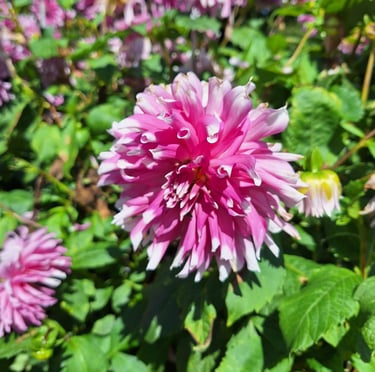





1. Watering Correctly: The Foundation of Plant Maintenance and Care
Importance: Proper watering is crucial to the health and survival of garden plants.
Guidelines: The watering needs of garden plants vary, but as a rule of thumb, most garden vegetables and flowers require about 2.5 cm (1 inch) of water per week.
Water deeply and less frequently to encourage deep root growth and resilience against drought but we experienced that you really need to be careful to not overwater plants because then your plant can die and then you need to get rid of your garden plant, which is a time-consuming task.
2. Soil Management: The Root of Vitality
Importance: We concluded that healthy soil is the backbone of a productive garden no matter whether you are growing fast-growing shrubs or tropical plants.
Guidelines: Regularly enrich your garden soil with natural compost to improve its structure, fertility, and ability to hold water, note that there are a lot of compost pros and cons to consider.
Test soil pH every few years (or ideally as often as possible). Most garden plants thrive in soil with a pH between 6.0 and 7.0, but please research your plant.
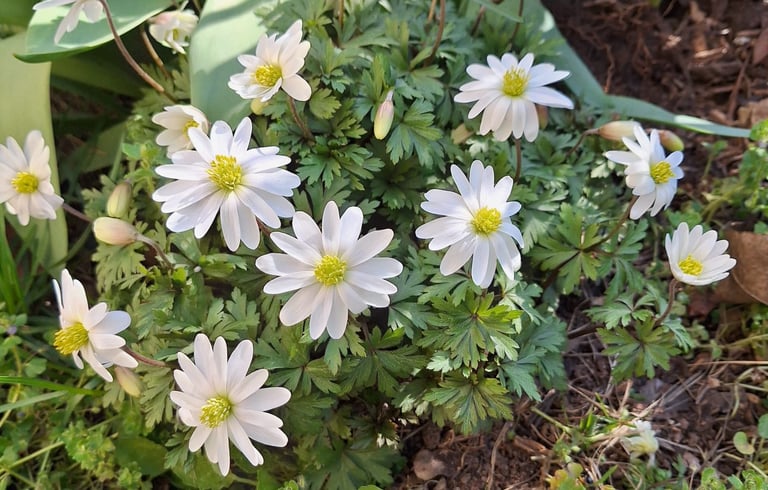

3. Mulching: Protect and Nourish
Importance: Mulch helps retain soil moisture, suppress weeds, and improve soil quality.
How to do it: We saw that applying a 2-3 inch layer of organic mulch around your tall plants or evergreens yields the best results. This can include materials like bark chips, straw, or shredded leaves.
4. Tool Maintenacen for Plant Health
Advanced gardening tool maintenance goes beyond basic cleaning and sharpening. Utilizing anti-corrosion coatings, such as rust-inhibiting sprays or waxes, significantly protects metal parts from oxidation, especially in humid climates. Controlled-atmosphere storage, where humidity and temperature are regulated, extends tool longevity by preventing rust and material degradation.
Precision recalibration of multi-part tools like torque wrenches or pruners ensures they function within exact specifications, preventing damage from overtightening or operational failure from undertightening.
For delicate or intricate tools, ultrasonic cleaning employs high-frequency sound waves to remove microscopic debris and residues unreachable by hand cleaning, preserving sharpness and mechanical integrity. Integrating these advanced techniques into regular maintenance schedules markedly enhances tool lifespan, performance, and safety, ultimately reducing costly replacements and improving gardening productivity.
5. Pruning and Deadheading: Encouraging Growth
Why it is important: Pruning helps control the size and shape of plants, encourages flowering, and removes dead or diseased limbs.
Guidelines: Regularly prune overgrown shrubs and trees during their dormant seasons to promote health and growth, this is particularly important when you trim hanging plants.
We saw that for flowering plants, deadheading spent blooms is also very beneficial.

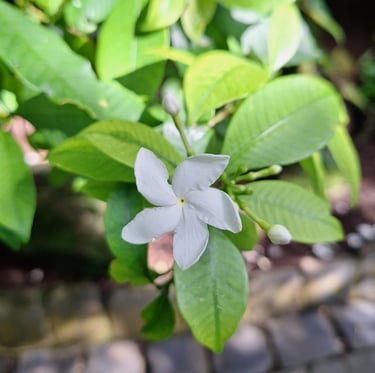




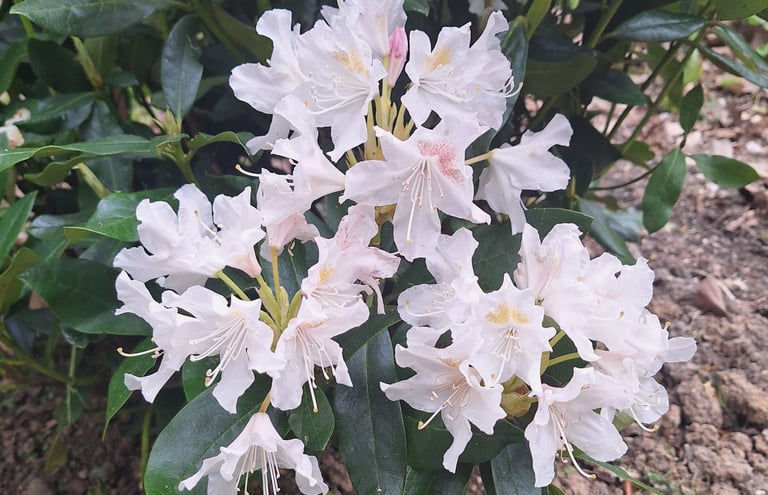




5. Pest and Disease Control: Proactive Protection
Importance: Keeping pests and diseases at bay is essential for a healthy garden.
How to do it: Monitor your plants regularly for signs of stress, pests, or disease. Use environmentally friendly pest control methods like introducing beneficial insects, using neem oil, or applying horticultural soap.
Remove any diseased plants or plant parts to prevent the spread of infection.
6. Fertilizing: Supplementing Growth
Why: Fertilizers provide essential nutrients that might be lacking in the soil.
How: Choose a fertilizer appropriate for the type of plants you are growing. Apply fertilizers according to the package directions, typically at the beginning of the growing season and periodically throughout as needed. Be careful not to over-fertilize, as this can lead to poor plant health and environmental damage that why it is important to fertilize at the right time.
7. Seasonal Adjustments: Adapting to Change
Why to do it: Garden care varies with seasons; we exprienced that understanding these changes is quite important because you don' wanr you plants to survive you ant theb to thrive, right?
How it works: Prepare your garden for winter by mulching, pruning, and covering sensitive plants. In spring, clear winter debris, replenish mulch, and start new plantings.
Throughout the growing season, adjust your care routine to the weather conditions, increasing watering during hot dry spells, and scaling back during cooler, rainy periods.
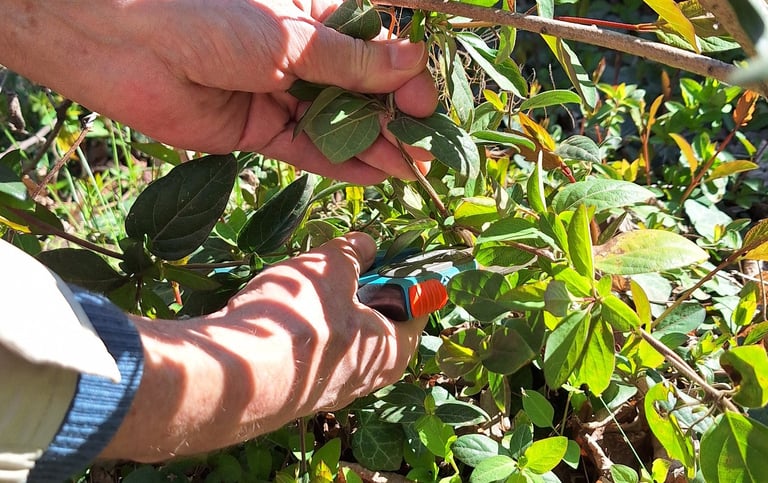





8. Choosing the Right Plants: Compatibility and Location
Importance: Selecting the right plants and the companion planting them together for your garden's conditions is key to successful gardening.
Guidelines: Research plant hardiness, sunlight, soil, and water requirements before planting. Choose plants that will thrive in your garden’s specific conditions. You have a bunch of options for example: plants for spring, shade garden plants, plants for woodland gardens, ground cover plants, and many more.
9. Staking and Support: Stability for Growth
Importance: Some plants, particularly tall flowers and vegetables, require support to grow properly and avoid damage.
Guidelines: Use stakes, trellises, or cages to support plants prone to falling or bending, such as tomatoes, cucumbers, and peonies. Installing supports early in the season will help plants grow upright and prevent damage.
10. Regular Garden Clean-up: Preventing Problems
Importance: After multiple tests and experiments we saw that keeping your garden tidy can prevent a range of issues, including pest infestations and fungal diseases.
Guidelines: Remove fallen leaves, spent flowers, and broken branches regularly. Keep the garden free of debris to discourage pests from settling in and to promote better air circulation around your plants.
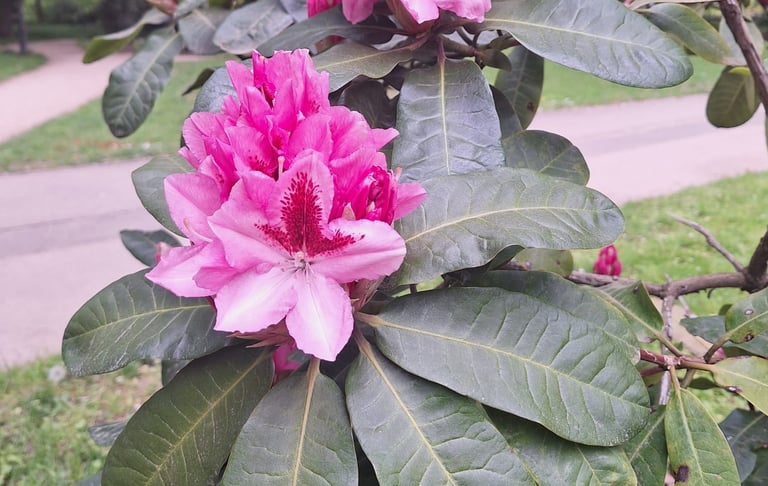



Frequently Asked Questions (FAQs)
What is the best time of day to water plants?
We saw that the best time to water plants is early in the morning. This allows the water to soak deeply into the soil, reaching the roots while minimizing evaporation.
Watering in the morning also keeps the foliage dry by nightfall, reducing the risk of fungal diseases.
How do I know if my plants are getting enough light?
Signs that your plants may not be getting enough light include slow growth, fewer flowers, leaf drop, and pale or leggy stems. If you notice these symptoms, consider moving your plants to a sunnier spot or using artificial light sources for indoor plants.
How can I organically control pests in my garden?
Organic pest control can be achieved through several methods, including introducing beneficial insects, such as ladybugs and lacewings, which eat aphids and other pests. Using neem oil, insecticidal soaps, and creating barriers or traps can also effectively control pests without chemicals.
How do I prepare my garden for winter?
Preparing your garden for winter involves several steps: remove dead plant debris to prevent disease, apply mulch to protect plant roots from freezing temperatures, and cover sensitive plants with frost cloths.
Are coffee grounds good for plants?
Yes, coffee grounds are beneficial for plants as they add organic material to the soil, improving drainage, water retention, and aeration. They are especially good for acid-loving plants like roses, azaleas, and blueberries as they can slightly lower the pH of the soil.
Are banana peels good for plants?
Yes, banana peels are good for plants because they are rich in potassium, an important nutrient for plant growth. They can be added directly to the soil as a natural fertilizer, composted, or made into a tea by soaking the peels in water for a few days and then using the water for plants.
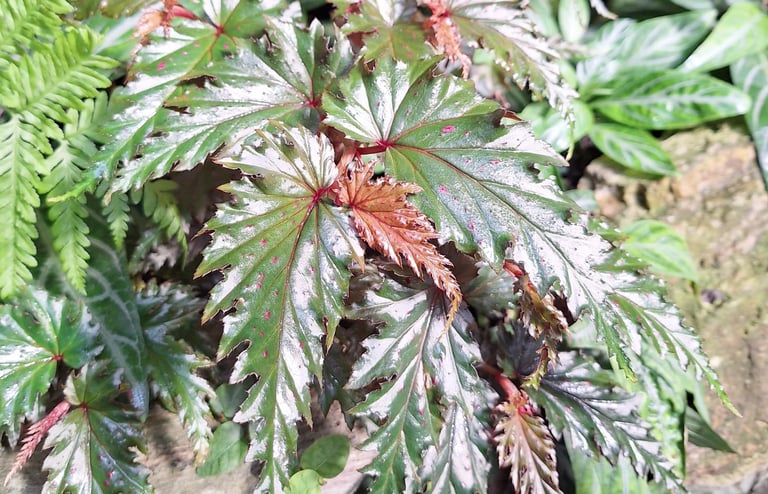



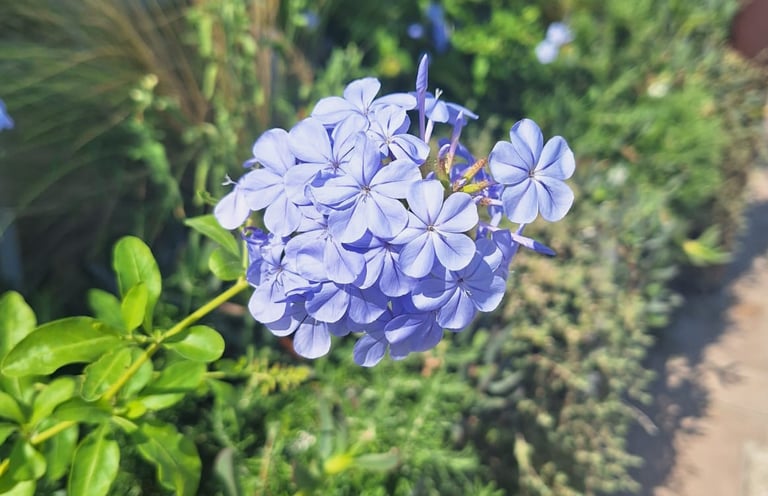




Sources
Nature and Sustainability uses only high-quality sources, including peer-reviewed studies to support the facts we describe in our articles. Please read our editorial policy to learn more about how we keep our content accurate, reliable, and trustworthy.
Information and facts on watering garden plants: Your Season-by-Season Guide to Effective Garden Watering (bhg.com), Best Practices for Watering Yards and Gardens – Wisconsin Horticulture, Water Recommendations for Vegetables | USU
Soil helth of garden plants: Soil Health | Natural Resources Conservation Service (usda.gov), Soil pH | Environment, land and water | Queensland Government (www.qld.gov.au),
Hardiness zones of plants / seasonal chages and garden plants: 2023 USDA Plant Hardiness Zone Map | USDA Plant Hardiness Zone Map, Environmental factors affecting plant growth | OSU Extension Service (oregonstate.edu)
Pests and diseases on garden plants: Prevention and control of pests and diseases - PubMed (nih.gov), 9 Natural Pest Control Solutions For Your Home – Forbes Home
Preventing problems: How to Sanitize Your Garden | Why you should clean your garden in the fall (uada.edu), Pests & Diseases | How to Prevent and Control Pests & Diseases | Thompson & Morgan (thompson-morgan.com)
FAQ and more general information: Plant Information - UDBG (udel.edu), Basic Plant Care: Understanding Your Plant’s Needs | Oklahoma State University (okstate.edu), How to Prepare Your Garden for Winter (marthastewart.com)
Fertilizr garden plants: Quick guide to fertilizing plants | UMN Extension, Garden Fertilizer Basics | University of Maryland Extension (umd.edu)
Pruning garden plants: Pruning trees and shrubs | UMN Extension, The Basics of Pruning Trees and Shrubs [fact sheet] | Extension (unh.edu)
Share this article:




Article By:
Calin is a gardening specialist knows a lot about gardening and plants. He is the founder of this website and is responsible for most of the content.

